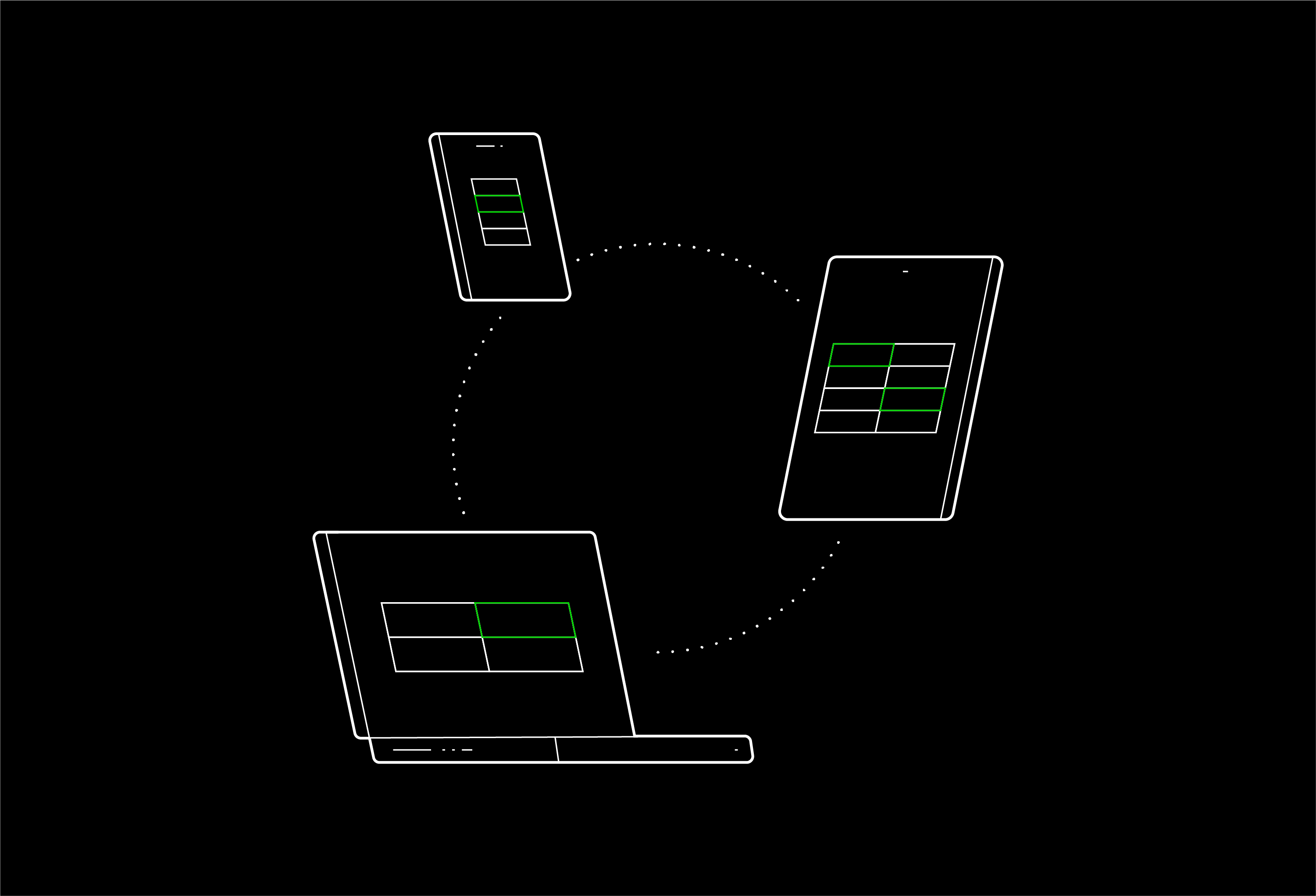What is a Specification?
A specification, or spec, is one of the most business critical aspects when it comes to making products. Specifications, including project specifications and specific product requirements, dictate what’s in the products we use, how they’re produced, and whether or not the product will meet the needs of target consumers.
In industries such as food & beverage, beauty & cosmetics, and consumer packaged goods (CPG), product specifications are indispensable. They ensure that every item produced meets both regulatory standards and consumer expectations. In the food & beverage industry, specifications might include descriptions of ingredient sources, nutritional content, and packaging protocols to comply with health regulations. In the beauty sector, specifications ensure that products maintain consistency in ingredient purity and labeling, vital for consumer safety and satisfaction.
Across all sectors, from medical devices to automobiles, the rigorous application of product specifications affects the entire manufacturing process, highlighting its role in bringing reliable, high-quality, and compliant products to market. As such, understanding and implementing accurate specifications is a necessity for any company aiming to maintain and enhance its market position.



.jpg)





.webp)
.webp)




.png)
.png)


